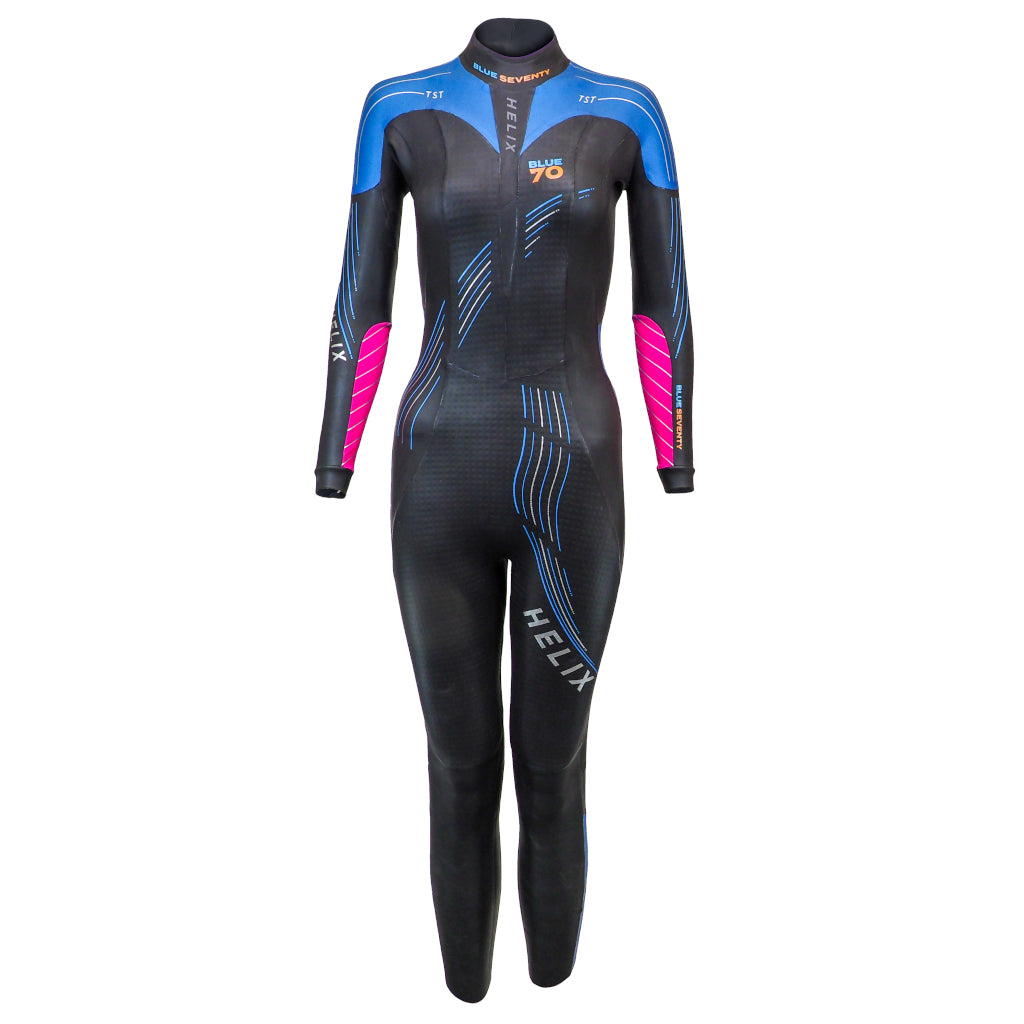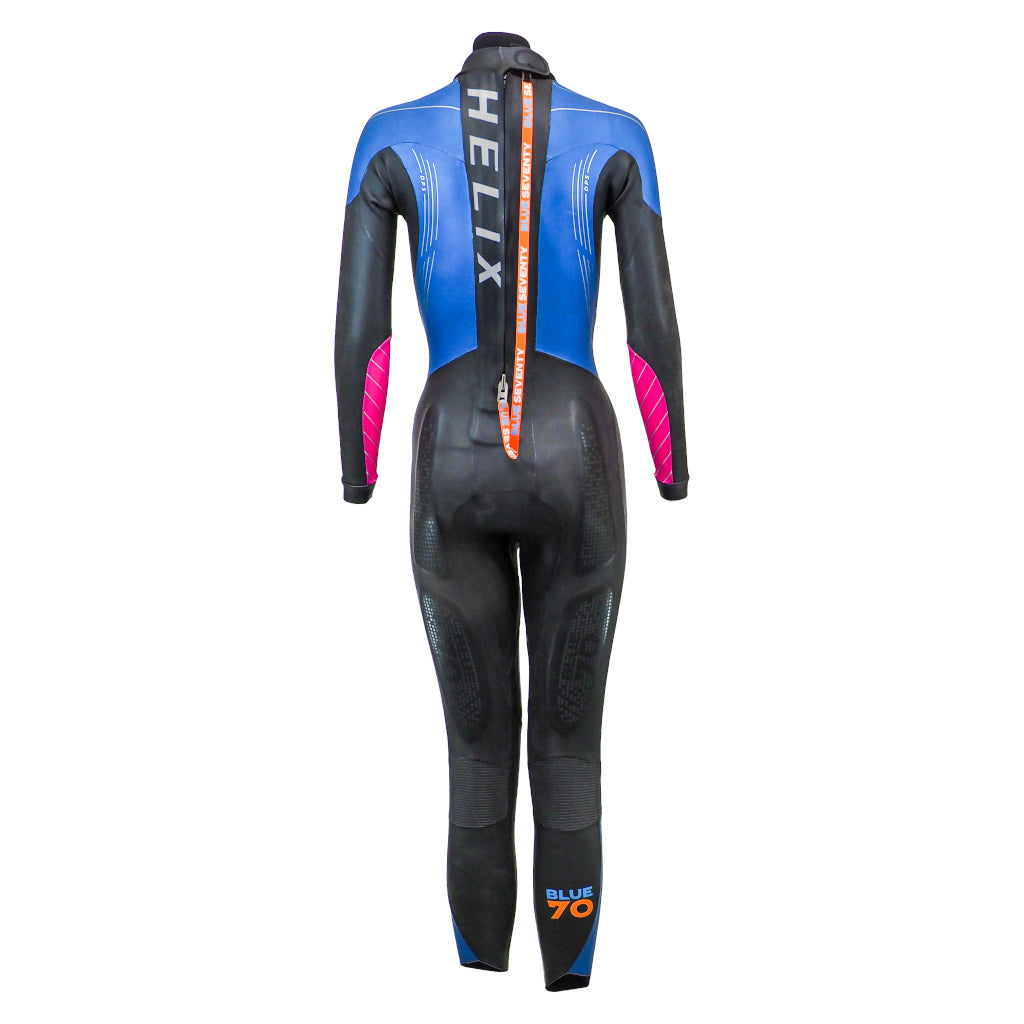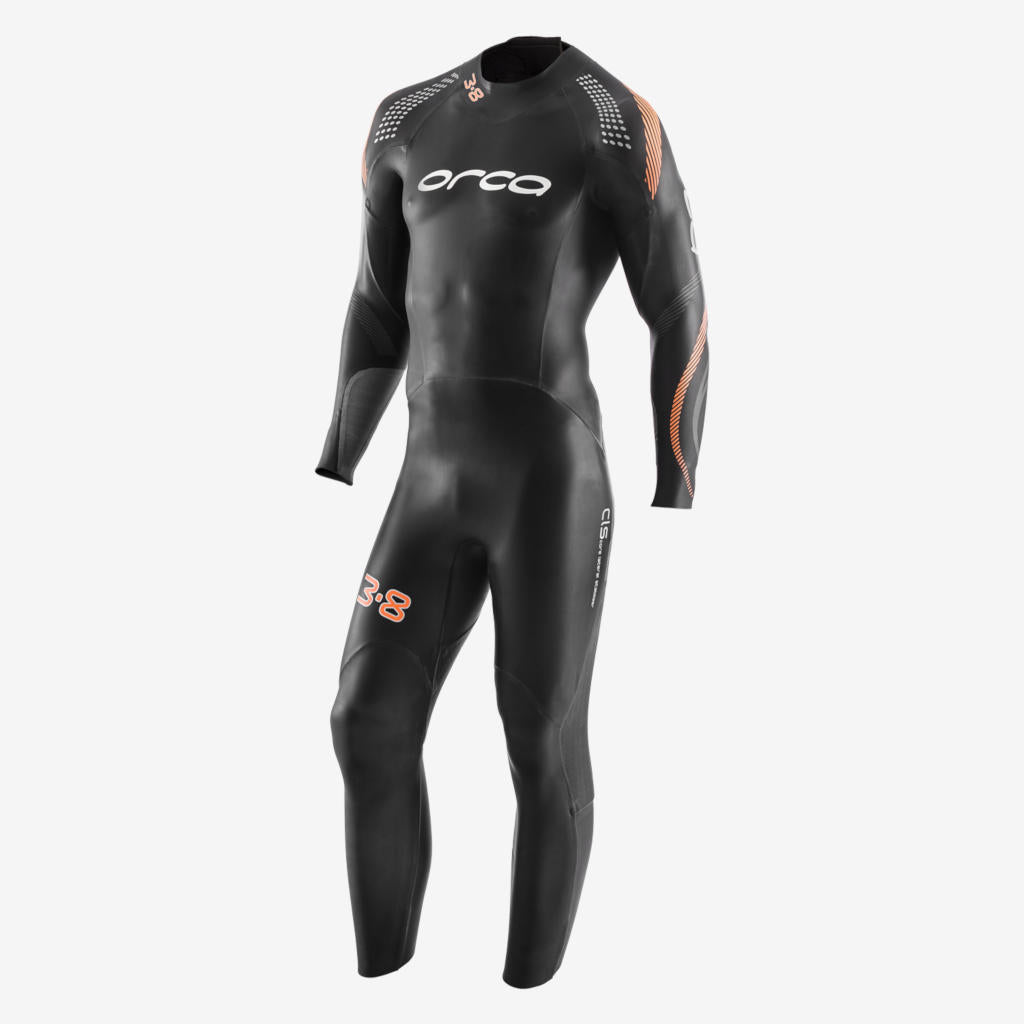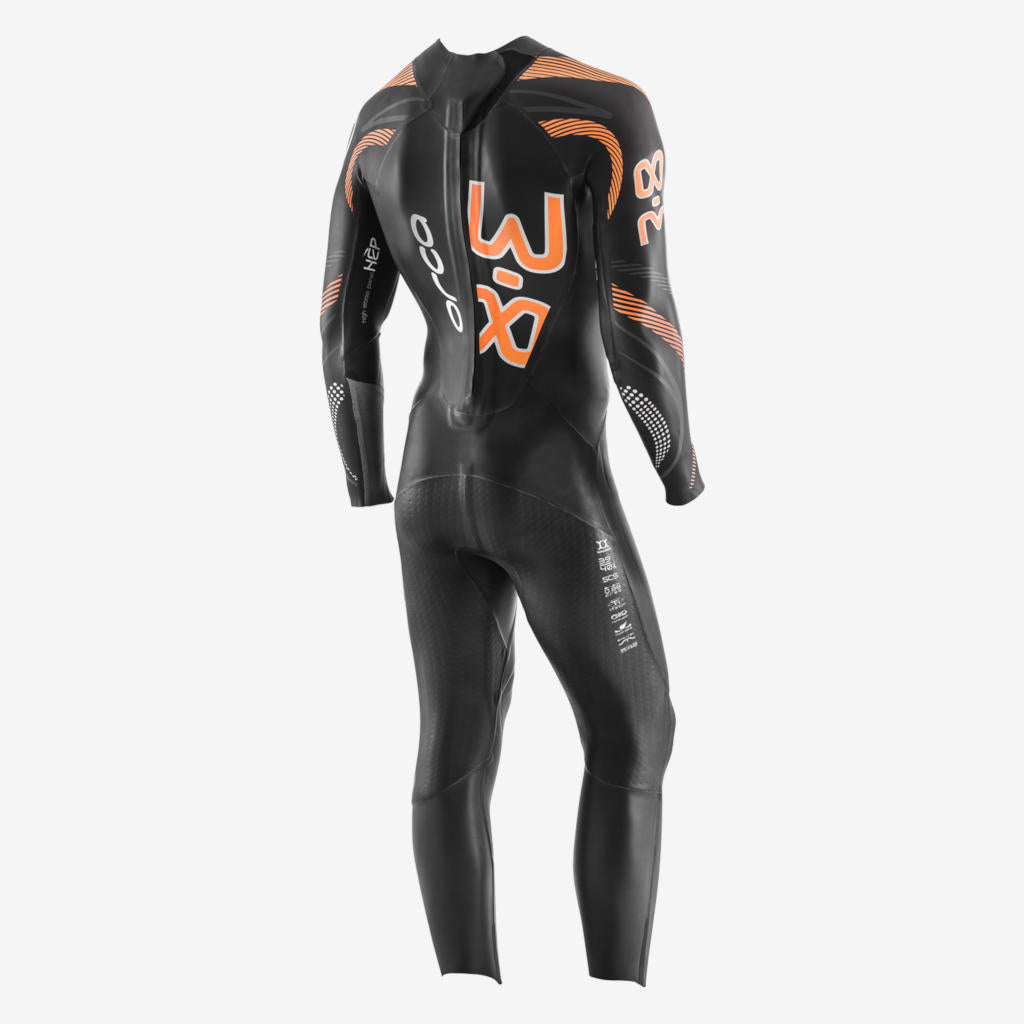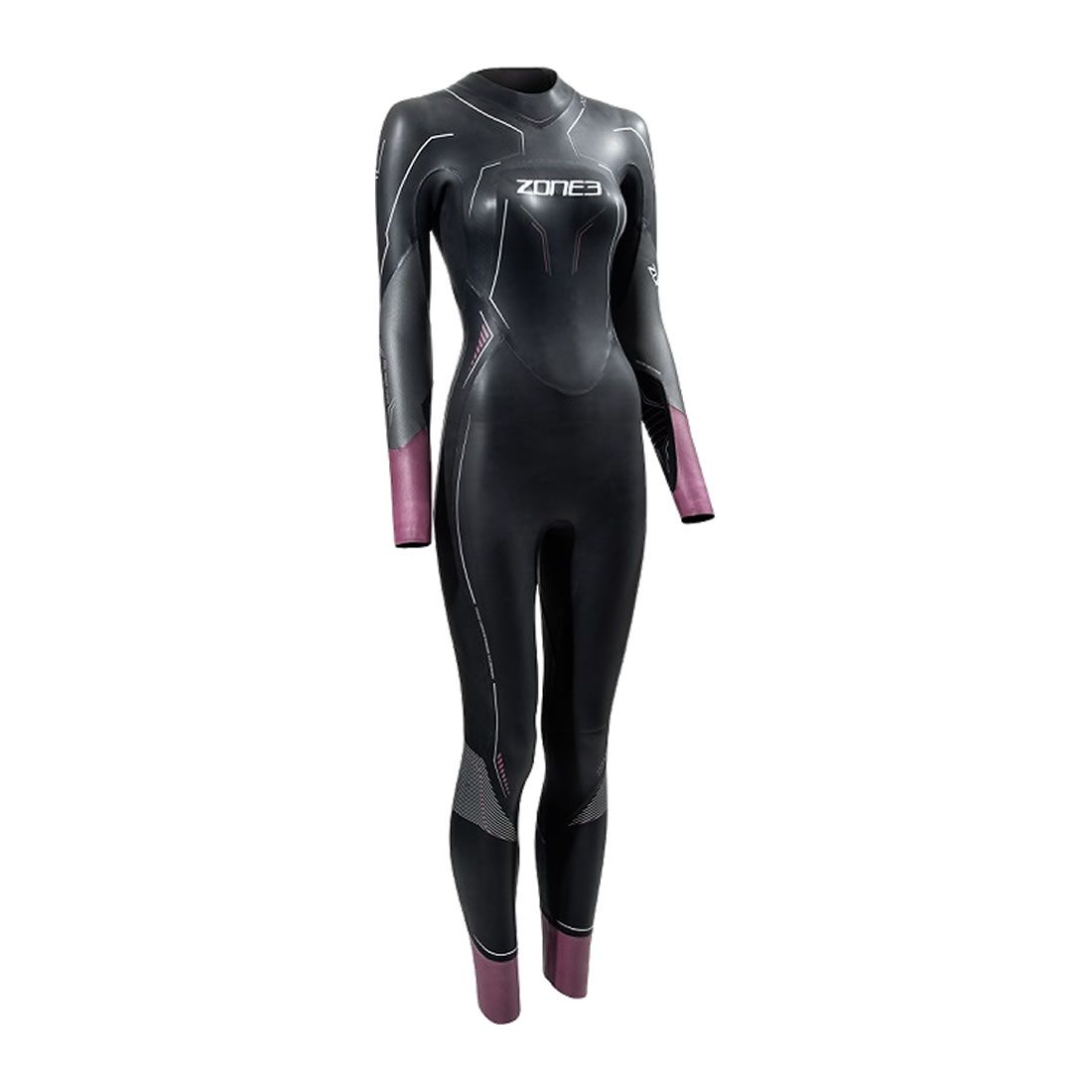Die kältere Jahreszeit ist ausgebrochen und einige von uns haben gerade in den Wintermonaten öfters mit Schnupfen und Halsschmerzen zu kämpfen. Akute Infektionen der oberen Atemwege, wie Erkältungen, Husten, Nasennebenhöhlen-, Mittelohr- und Mandelentzündungen, zählen zu den häufigsten Erkrankungen aller Altersgruppen. Dahinter können unterschiedliche Ursachen bzw. Auslöser liegen. Wir haben uns angesehen welche.
Auch der Umfang und die Intensität sportlicher Belastungen beeinflussen das Infektionsrisiko der oberen Atemwege (engl. Abkürzung: URTI). Laut epidemiologischen Daten sind Ausdauersportler während harten und intensiven Trainingsperioden einem erhöhten Infektionsrisiko ausgesetzt (Nieman, 1997). In der Experten-Welt hat sich das sogenannte „J-förmige Modell“, welches den Zusammenhang zwischen dem Infektionsrisiko der oberen Atemwege und körperlichen bzw. sportlichen Belastungslevel darstellt, etabliert:
Moderate, regelmäßige körperliche Aktivität scheint im Vergleich zu einem inaktiven Lebensstil die Anfälligkeit für Infektionen der oberen Atemwege zu mindern. Hingegen sind Sportler während einer intensiven Trainingsphase oder harten Belastungseinheiten, dazu zählen insbesondere auch körperliche Überlastungen bzw. Übertraining, einem erhöhten Risiko ausgesetzt.
Mögliche Gründe für ein erhöhtes Infektionsrisiko bei harten Trainingseinheiten
Forschungsergebnisse zeigen, dass der körperliche Aktivitätsgrad unsere Immunfunktion unterschiedlich beeinflusst und verändert und dies wahrscheinlich einen Einfluss auf die Infekt-Anfälligkeit der oberen Atemwege hat. Es gibt verschiedene Gründe und wissenschaftliche Ansätze für eine herabgesetzte Immunabwehr in Zusammenhang mit einer intensiven Belastungseinheit. Ein „Mechanismus“ ist die negative Energiebilanz oder niedrige Kohlenhydratverfügbarkeit (z.B. entleerte Glykogenspeicher), die für unseren Körper „Stress“ bedeuten, vor allem während intensiver Belastungen oder Wettkämpfen über mehrere Stunden.
Lange harte Radeinheiten können daher die Funktion des Immunsystems, wie in folgender vereinfachter Grafik dargestellt, schwächen:
Vielen ist auch die sogenannte „Open Window“-Theorie bekannt: Wissenschaftler vermuten, dass der Körper aufgrund veränderter Immunparameter nach einer erschöpfenden Belastung, anfälliger auf Mikroorganismen (speziell Viren) reagiert und daher einer erhöhten Infekt-Anfälligkeit ausgesetzt ist (Pedersen &Ullum, 1994). Dieses potenzielle „Open Window“ der veränderten Immunitätslage bzw. das Zeitfenster des erhöhten Risikos für Infekte, kann zwischen drei bis 24 Stunden (in extremen Situationen sogar bis zu 72 Stunden) betragen.
Praktische Tipps für Triathleten zur Minimierung des Infektions-Risikos:
- Ausgewogene, abwechslungsreiche und bedarfsgerechte Ernährung versorgt den Körper mit ausreichend Energie und Protein, wichtigen Mikronährstoffen (Vitamine und Mineralstoffe) und sekundären Pflanzenstoffen (Substanzen, die pflanzlichen Lebensmitteln Farbe, Duft und Aroma verleihen)
- Ausreichende Flüssigkeitszufuhr während der Belastung, sowie in der Regenerationsphase um mögliche, negative Auswirkungen einer Dehydratation (Flüssigkeitsmangel) auf die Immunfunktion zu minimieren
- Kohlenhydrate vor, während und nach einer harten, langen Belastung verzehren: Ein Blutzuckerabfall wird dadurch verhindert, der Anstieg bestimmter Stresshormone (z.B. Cortisol, Adrenalin) und Zytokine im Blutplasma reduziert. Dadurch wird die belastungsbedingte „Schwächung“ der Immunabwehr limitiert
- Ausreichend Schlaf (mind. 7 Stunden pro Nacht)
- Übertraining vermeiden
- Niemals persönliche Trinkflaschen, Handtücher etc. mit anderen Sportlern gemeinsam nutzen
- Richtige Outdoorbekleidung wählen
- Persönlicher „Life-Stress“ wie psychische Belastungen reduzieren







